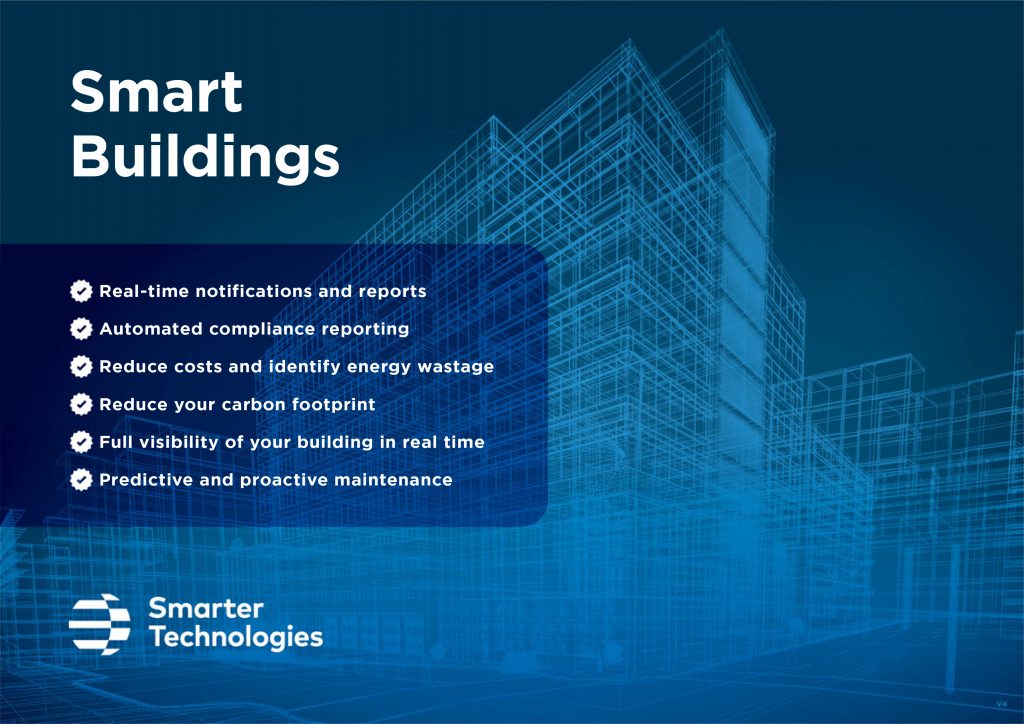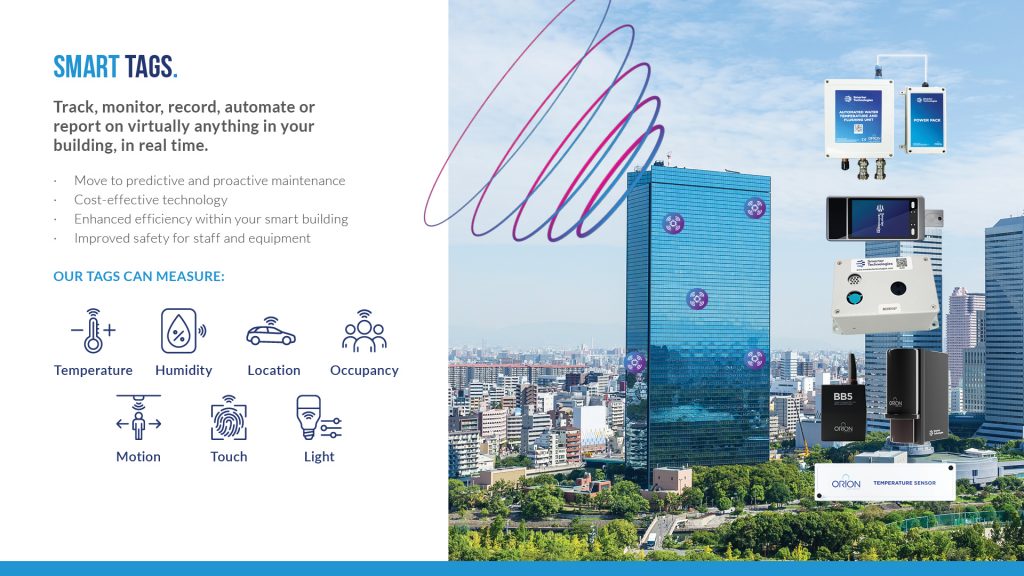Increasing government initiatives, growing energy concerns, consumer demands, and various environmental, social and governance (ESG) factors are driving the growth of the smart building market, which is expected to register a compound annual growth rate (CAGR) of over 23% between the period of 2020 – 2025.
In this piece, Matthew Margetts, director of sales and marketing at Smarter Technologies Group discusses why the world needs Smart Buildings.
What is a smart building?
Smart building solutions are part of the growing Internet of Things (IoT) and connected sensor ecosystem. A smart building uses connected technology to reduce costs and make buildings more efficient, sustainable and safe. It does this by automating processes that control the building’s infrastructure, security systems, lighting, heating, air conditioning systems, occupancy, ventilation and more.
From smart hospitals to office buildings, recreational facilities, education institutions, residences and more, smart buildings around the world are making use of actionable data gained from on-premise devices, sensors, services and systems.
Why does the world need smart buildings?
One of the main reasons that smart buildings are emerging into the spotlight is for their ability to achieve net zero carbon reduction targets, save energy and increase energy efficiency. Thus, smart buildings are expected to play a significant role in addressing climate change targets.

Energy costs are increasing rapidly around the world, and environmental issues are high on the agenda. Governments, the private sector, non-governmental organisations and civil society are placing increasing pressure for the implementation of energy-saving and carbon-reducing solutions. As the demand for energy conservation has become more important, so has the need for smart buildings increased.
The smart building solution
Smart building technologies such as artificial intelligence (AI), IoT, big data and blockchain connect buildings, transport and infrastructure. This creates a new connected ecosystem that can minimise energy waste, utilise more renewable energy and slash carbon emissions.
Along with increasing energy efficiency and sustainability, smart building systems also automate the way buildings can be managed and controlled. This automation allows for a more efficient allocation of human resources, and collects greater quality and quantity of data. Investors, building owners, real estate managers and developers can leverage this data to implement value-adding improvements.

Smart systems also help improve the productiveness of building occupants, with improved and monitored air quality, lighting, thermal comfort, physical security and sanitation.
The results are minimised overheads, lower environmental impact, and happier and more productive occupants.
Key smart building market trends in 2022
Although smart applications in buildings have existed for decades, the future lies in establishing comprehensive, two-way connectivity across applications and data. This will transform buildings into efficient and dynamic high-performance facilities.
It pays to go smart
Adopting smart building technology is fast becoming a commercial imperative. A piece by the Centre for Real Estate of the Massachusetts Institute of Technology anticipates that buyers and tenants will pay a 8.2% premium in rent and a 23.7% premium for smart buildings with personalised occupant experiences. Commercial landlords are under pressure from investors to obtain the higher rentals that net zero properties can command.
Regulatory compliance
Governments across the globe are taking steps to bolster sustainability and energy efficiency regulations. These supportive industry standards and regulations are creating more opportunities for the smart building market. ESG pressures are also driving building owners to invest in obtaining certifications for their properties.
Smart cities
Along with the growth in standalone smart buildings, the need for smart cities has also increased as governments begin to realise the benefits of incorporating IoT. The development of more smart buildings is a natural by-product of smart infrastructure being added to cities.
Connected collaboration
During the COVID-19 pandemic, many people were forced to work from home. This has created a new office environment culture. Now, managers need to focus on how to use connected technology to communicate and enable the workforce to operate in a hybrid environment.
With these factors in mind, there’s no doubt that the only future is a smart one. To help with the transition to smarter building solutions, it makes sense to partner with a smart technology partner who can guide you on your journey to becoming a future-fit facility.
The author is Matthew Margetts, director of sales and marketing at Smarter Technologies Group.
Comment on this article below or via Twitter: @IoTNow_OR @jcIoTnow










